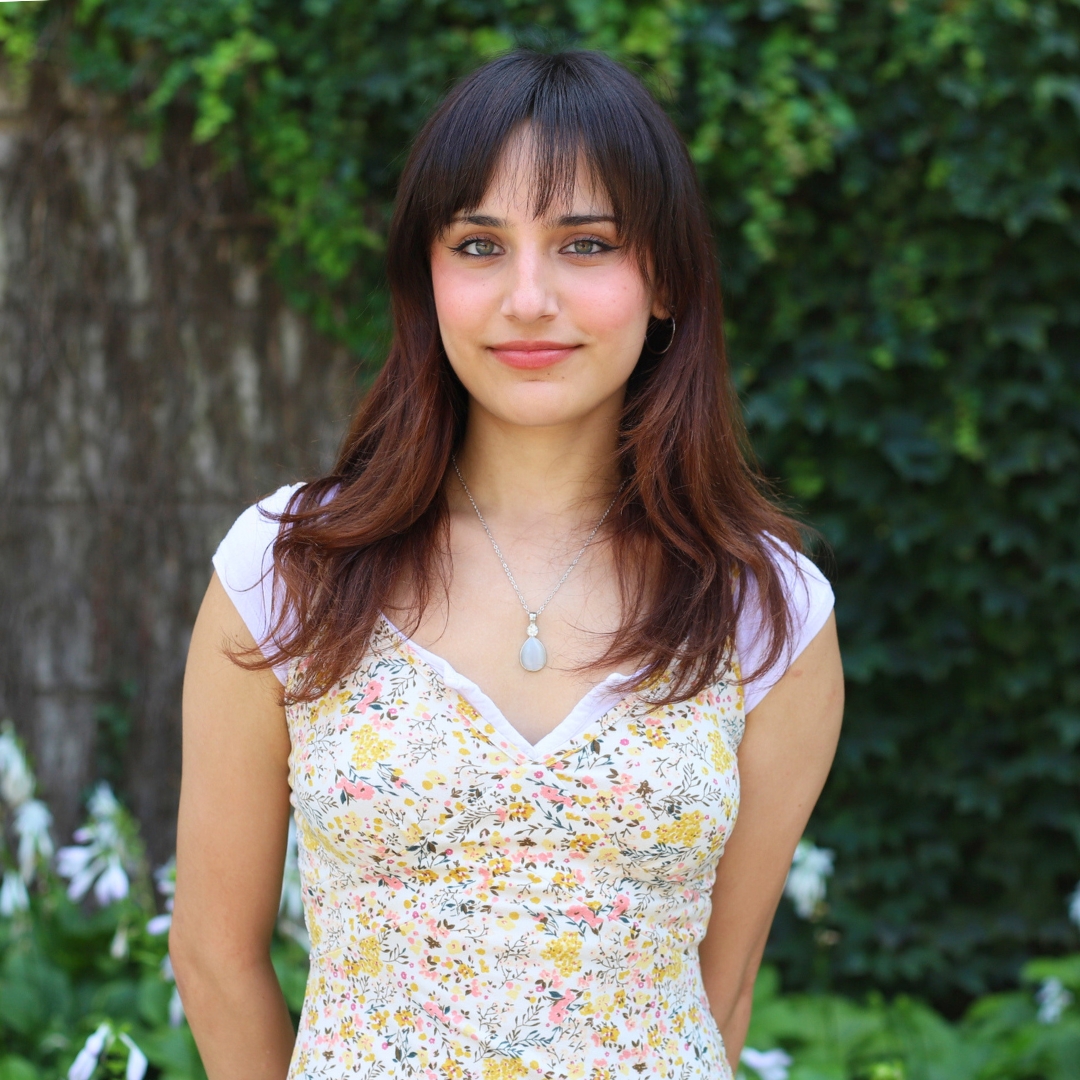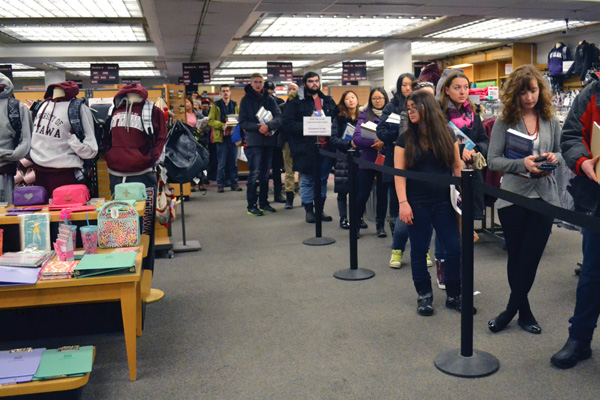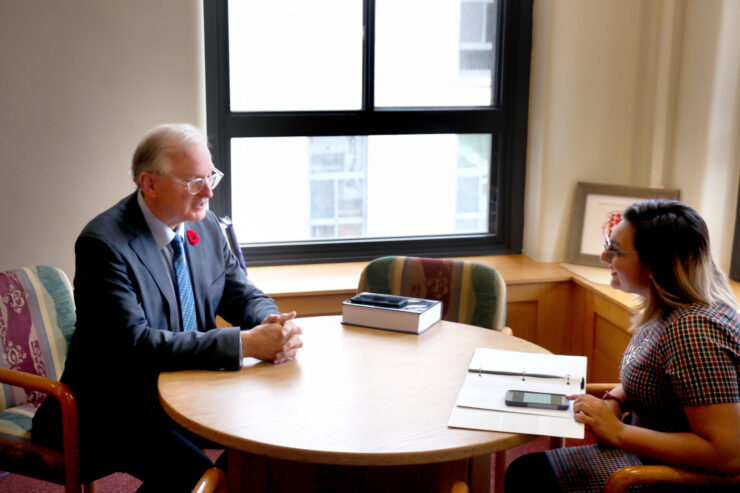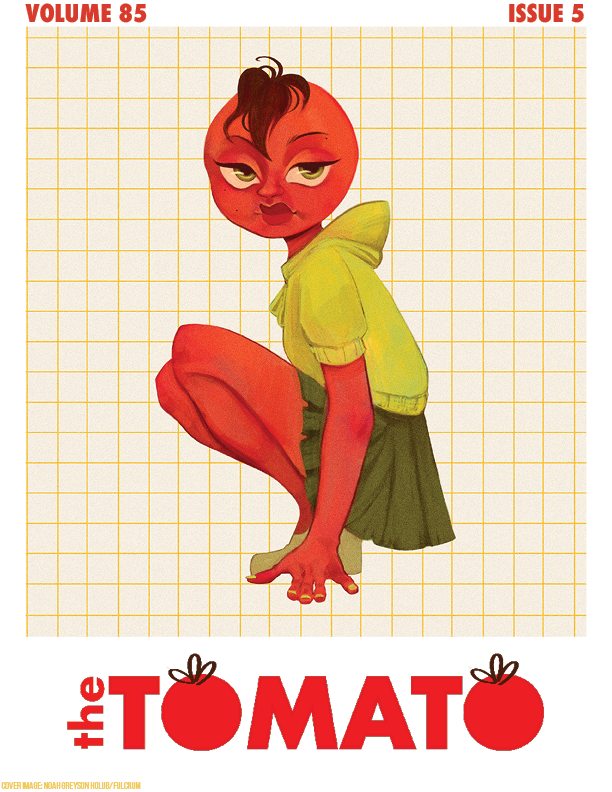EMERGING ARTISTS BALANCE PASSION AND PRACTICALITY WHILE NAVIGATING THE EVOLVING LANDSCAPE OF ARTS AND MUSIC CAREERS
For many students in the University of Ottawa’s arts and music programs, the passion for creativity burns bright. But what lies beyond graduation can feel like an intimidating mystery. In a rapidly changing industry fueled by digital transformation, rising costs, and evolving audience expectations, emerging artists are asking themselves, “What’s next?”
We spoke to students and faculty members about what it means to pursue a sustainable career in the arts today, and what the future may hold.
Matthew Andrawis, co-president of the uOttawa Music Jam Club, knows firsthand how tough it can be to break into Ottawa’s arts and music scene. “Personally, I don’t really see much going on in the city to promote people,” he says. “I feel like that’s kind of Ottawa’s downfall.”
While the talent is abundant, opportunities feel scarce. Andrawis points out that many students turn to online content creation as their primary way to gain exposure. “Your best bet is to just do content, there’s not many opportunities in Ottawa that can get you paid,” he explains.
And even then, there are hurdles. A major content creation platform is TikTok, which Canadians don’t get paid for. For him and others, the absence of a clear path often means navigating a confusing world of DIY networking and self-promotion, all while balancing the demands of full-time studies. “There’s no set-in-stone way to make it, everyone has to figure it out on their own,” Andrawis adds.
Priya Kapur, Vice President of Acheezo Acappella, echoes Andrawis’ concerns. While her club is full of talented and passionate musicians, many, including herself, are pursuing other career paths because of the limited options available in music. Kapur explains, “it’s not really a career path that’s easy to get into, there’s not a whole lot of different options.”
For those like Kapur who are interested in further credentials—she’s currently exploring a conducting license—the challenge lies in resources. She explains, “it’s about knowing where to look, how to apply for all these different things, arts funding in general isn’t pushed or supported as much as any other subject.”
So where does that leave arts students at the U of O? Are their programs preparing them for the realities of today’s industry?
Joël Beddows, Vice Dean of Programs at the Faculty of Arts and a professor in the Department of Theatre, believes the university is rising to the challenge. “All of our arts programs have strong experiential learning components,” Beddows says. “You are doing things to master skills and gain competency. That makes you very employable as soon as you get out.”
Beddows points out that programs like Theatre include work-readiness courses and often lead to contracts even before graduation—particularly in technical roles like stage management. “We make sure they graduate with a plan,” he says.
Jakub Zdebik, Chair of U of O’s Visual Arts Department, emphasizes the department’s hands-on approach. Visual arts students benefit from internships and opportunities with institutions like the Ottawa Art Gallery and the National Gallery. “We are very focused on what comes after the degree,” he says.
Still, Zdebik acknowledges that the landscape is ever-changing. “Technology and markets are changing very quickly,” he explains. “The labor market is perpetually uncertain. But creative thinking and adaptability are skills we teach, and they’re what will matter most.”
Andrawis, on the other hand, isn’t convinced the programs are fully preparing students for commercial success. “The people here at uOttawa are in programs for classical music,” he says. “They’re just here to focus on the instrument and cultivate the craft itself. It’s not really preparing you for the industry.” He contrasts this with Carleton University’s songwriting program, which he says is more industry-oriented.
Kevin Orr, Chair of the Department of Theatre, offers a different perspective. He argues that Ottawa may actually be an ideal place to launch an arts career. “This is the best place to live if you want to be an artist,” he insists. “It’s starving for good art.” Orr believes that because the city is smaller and less saturated than places like Toronto or Montreal, young artists have more chances to make an impact. “If we do a show here, we’re show number four, not show number forty-two.”
Both faculty and students agree: digital technology is a game-changer, and not always in ways that are easy to navigate.
On one hand, platforms like Instagram, YouTube, and TikTok have become essential for self-promotion. On the other, concerns about AI-generated art and music loom large.
Beddows believes there’s still something irreplaceable about live, human-centered experiences. “Visual arts, music, and theatre are performing arts. They’re tactile arts,” he says. “There’s a definite need, an enduring need, to assemble and appreciate art as a community.”
Zdebik agrees but highlights the importance of embracing new tools. His department offers courses in algorithmic art, 3D printing, and AI-driven projects. “Artists are usually at the forefront of discovering what to do with new technologies in creative ways,” he says. Yet he also notes a resurgence in traditional methods, like clay work and darkroom photography, as a response to the digital shift.
For Andrawis, optimism outweighs fear. “Technology always helps people do things with more ease, or in a way they’ve never done it before,” he says. “It’s only going to lead to more creativity, if anything.”
Kapur shares that while AI might impact certain areas, it can’t replicate the magic of live performance. “Nothing will ever replace the energy that’s in a room when you have actual people performing and emoting,” she says.
Orr is optimistic but cautious. “AI is going to have a significant impact, just like the internet did,” he explains. “But nothing can replace a person.” He stresses the importance of depth and community, arguing that live performance is the last bastion of analog art. “We need to remind people that we’re social creatures. We need to get together.”
With all these moving parts, how should students approach their futures?
Beddows offers this perspective: “You’re not a product, so don’t think of this as an industry.” he warns against the temptation to compare yourself to others or to treat art like a competition. “Commit over a duration of time,” he advises. “After five years, look back and ask yourself, ‘Where am I? What have I done?’”
Zdebik echoes this advice, emphasizing persistence and connection. “Follow your passion, but be smart about it,” he says. “Start with an arts degree. Professors are connected to the ambassador art network and can bring students directly into it.”
Kapur adds, “Be smart about following your passion. There are networks and communities here in Ottawa, but you need to know where to look.”
Orr stresses endurance and patience. “The challenges are largely internal,” he says. “You need ambition, you need endurance, and you need luck. Success takes time.”
As for Andrawis, he keeps it real. “If you know you want to make it, you just have to live that life outside of school,” he says. “It’s a grind. No one said it would be easy.”
Despite economic challenges, AI anxiety, and limited opportunities in Ottawa, the spirit of U of O’s arts students remains resilient. As Beddows says, “What makes the arts so unique and so essential for society is exactly what society needs right now.”
If there’s one thing all five interviewees agree on, it’s this: the future of arts and music students depends not just on talent, but on community, adaptability, and relentless passion.






